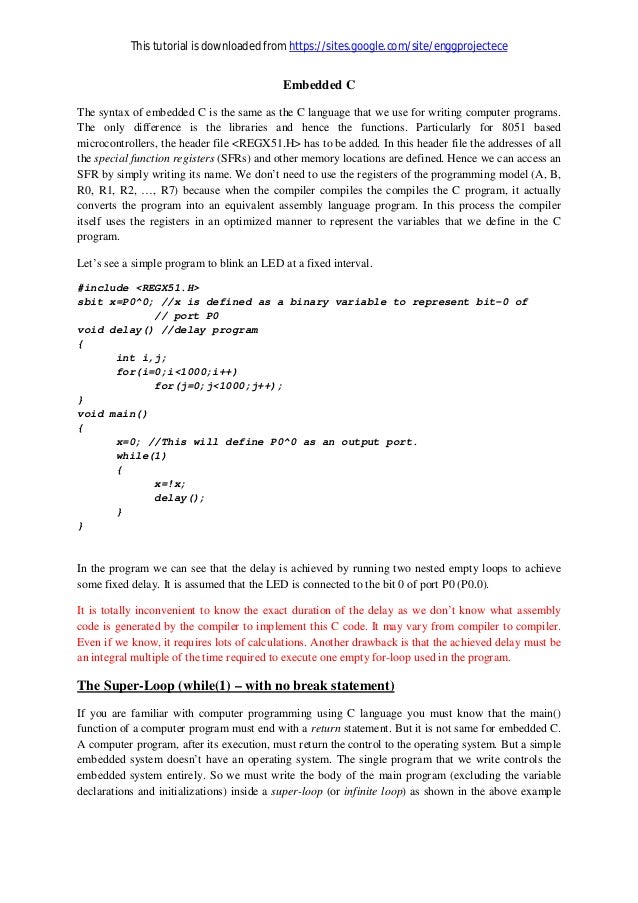

- SAVING INPUT FROM SERIAL UART EMBEDDED C PROGRAM FULL
- SAVING INPUT FROM SERIAL UART EMBEDDED C PROGRAM SOFTWARE
SAVING INPUT FROM SERIAL UART EMBEDDED C PROGRAM FULL
Once the input buffer on the terminal or printer starts to become full the X-OFF character is sent to stop the data. When X-ON is received at the transmitting end data transmission is started. The "X" in the name means "transmitter," so XON and XOFF are commands for switching a transmitter on or off, respectively. The X-ON X-OFF operates by sending the control characters along the data line from the equipment receiving the data.
SAVING INPUT FROM SERIAL UART EMBEDDED C PROGRAM SOFTWARE
When implementing RS232 software handshaking two of the commonly used methods are XON/XOFF and EXT/ACK.

There may also be instances where it is more convenient to use software methods to effect the handshaking. Here it is possible to control the data flow simply using the data only and this makes it possible to send data without he need for the additional lines. The RS232 software handshaking option is particularly useful for applications where data needs to be sent over telephone lines. However it is also possible to use software codes embedded within the data, thereby saving the use of the additional lines required for hardware handshaking. The most common method of handshaking that is used with RS2332 is to employ the hard wired option. Serial Data standards: Serial data standards RS422 RS449 RS485 20 mA current loop RS232 basics RS232 standard Software handshaking Signals & voltage levels Pinouts & connectors Loopback connections RS232 cables RS232 Software Handshaking: xon/xoff / ext/ack RS232 serial data can use software based handshaking in the form of XON / XOFF and EXT / ACK to control the data flow.


 0 kommentar(er)
0 kommentar(er)
